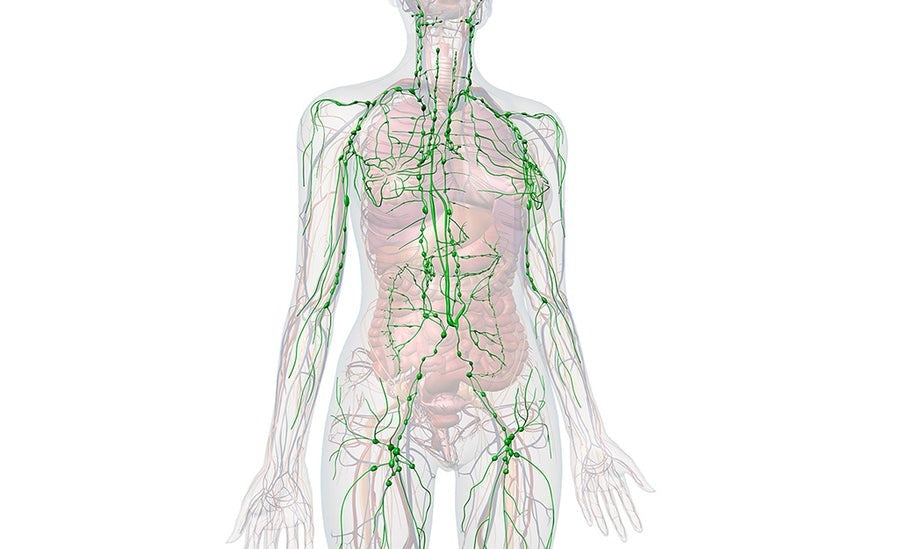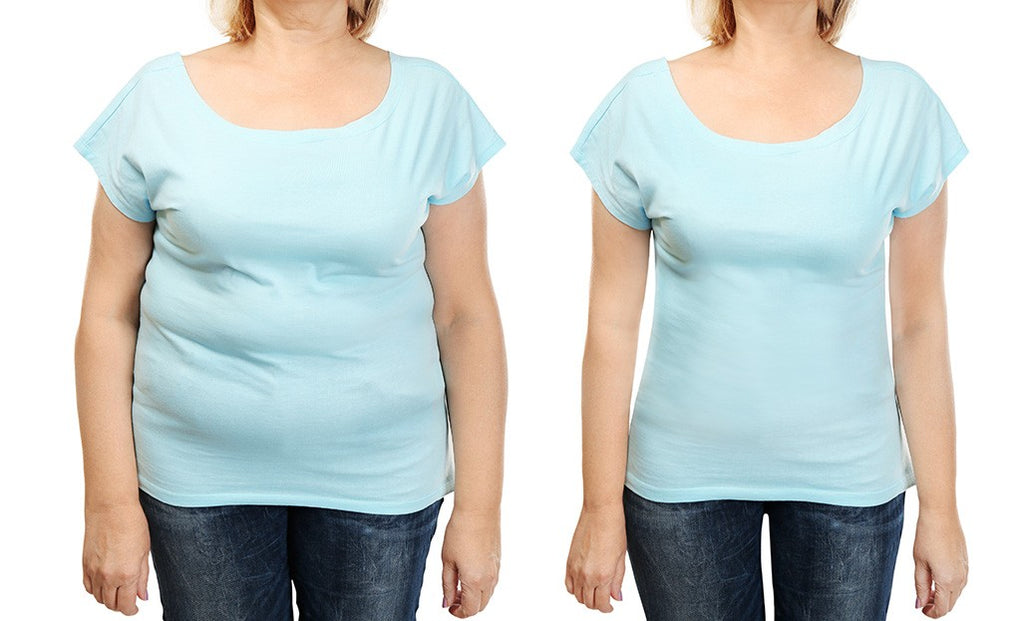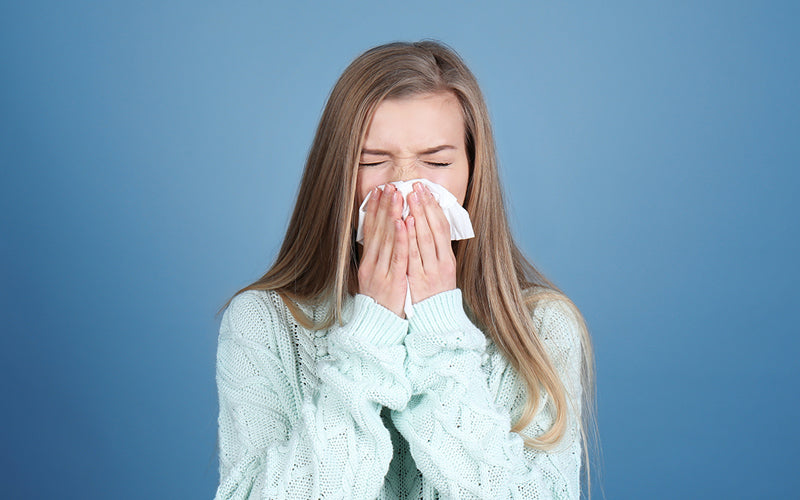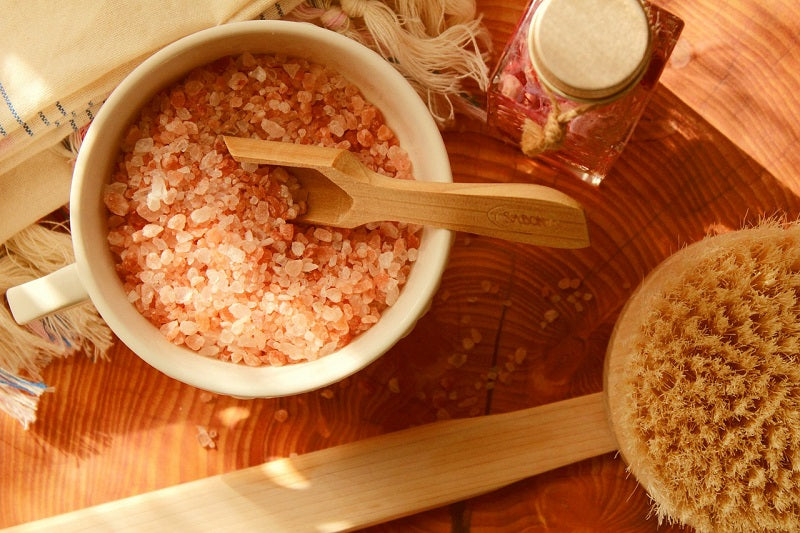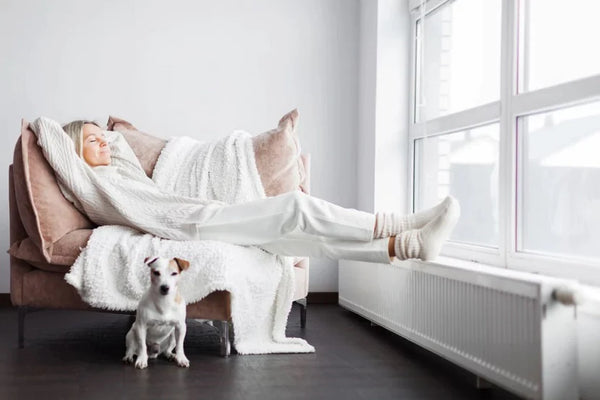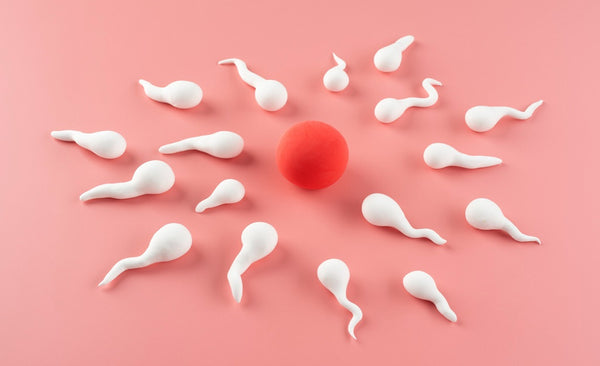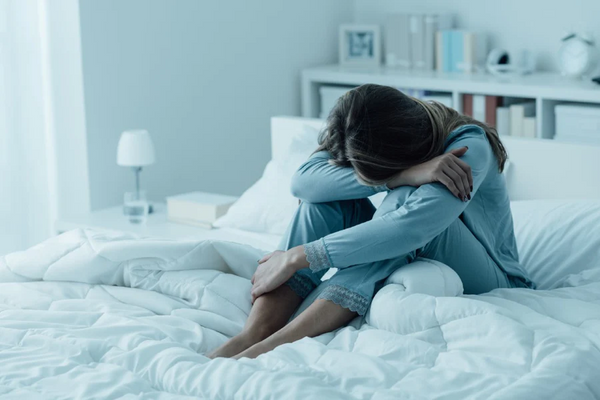DIY Anti-Acne Face Mask
Acne can be difficult to deal with. It can bring about a myriad of emotions including insecurity, isolation, social anxiety and even depression. Treating acne from the inside out is vital to your healing journey; however, there are some lovely natural remedies to combat excess sebum and inflammation topically. This anti-acne mask is gentle, nourishing and eåasy to whip together.
Ingredients:
- 2 drops red sandalwood or sandalwood essential oil
- 3 tbsp. cooked and cooled mashed pumpkin and seeds
- 2 tbsp. fresh aloe vera inner leaf gel
- 1 tbsp. pre-soaked Echinacea flowers in filtered water (1:1 ratio)
- ½ tsp. rosehip oil
Method:
- Mash or blend ingredients together.
- Refrigerate for 1 hour before using the mask for extra cooling effects.
- Gently massage the mask onto your face.
- Lay down and deep breathe for 10 - 15 minutes.
- Remove the mask with water and a clean face cloth.
Here, I’ll explain why I have chosen these specific natural ingredients to combat acne based on scientific literature.
Sandalwood essential oil
Sandalwood aka Santalum album L not only smells divine but also beholds potent anti-acne properties. It’s known to be anti-inflammatory, anti-aging, antioxidant, and anti-bacterial, and has demonstrated great results at preventing wrinkles. When applied topically, sandalwood helps to restore hydration and scavenge inflammatory free-radicals highly associated with acne and redness.
This cooling, moisturising and soothing herb can particularly reduce skin enzyme 11b-HSD1 activity associated with keratinocyte (skin cell) expression of inflammatory mediators and cortisol. It’s ideal for supporting aggravated conditions such as acne, dermatitis, warts and psoriasis. S. album has demonstrated potent activity against fungal, bacterial and yeast infections – perfect for targeting P.acnes bacteria. It also helps to support new keratinocytes and reduce scarring or pigmentation.
Pumpkin and pumpkin seeds
Well-known for their nutraceutical interventions, cooked, cooled and mashed pumpkin and seeds are rich in beta carotene, flavonoids, tannins, and vitamin E. All of these phytonutrients are ideal for nourishing the cellular membranes of the skin. The beta carotene in pumpkins boast high amounts of membrane-building essential fatty acids and is admirable for combating free-radical damage and boosting nutrients around the skin's dermal layers.
Pumpkin and pumpkin seeds are also abundant in calcium, iron, magnesium, phosphorus, zinc, potassium – perfect for a mask base. When mashed and cooled, it provides an extra soothing sensation and promotes regulation of the skin's immune, cardiovascular and protective mechanisms. Pumpkin seed oil extracts show promising results in treating acne vulgaris lesions.

Aloe vera gel
Aloe vera is super soothing, cooling and anti-inflammatory – brilliant for nurturing pimple and redness-prone skin. Known as ‘the plant of immortality’ in Egypt, it’s been highly regarded throughout the ages for powerful wound-healing capabilities.
Aloe is anti-bacterial and helps to reduce the proliferation of the acne-inducing bacteria P.acnes, amongst others. Inflammation and excessive sebum are major contributing factors for acne conditions and scarring. Aloe vera is packed with water, 75 nutrients and 200 active compounds and has been referred to as a ‘pharmacy in a pot’ due to its long list of therapeutic qualities. It’s one herb you should always have on hand! You can use aloe vera leaf gel as a face mask by itself if you’re stuck for time, or on inflamed areas as a spot treatment.
Echinacea flowers and roots
Echinacea purpurea has been shown to readily kill off P.acnes, the main bacteria strain associated with acne vulgaris. It works by significantly reducing pro-inflammatory cytokines IL-6 & IL-8. It also restores balance by reducing P.acnes from proliferating and nourishes immune dysregulated inflammation.
Echinacea is distinguished for immune-boosting and skin-nourishing properties. You can use the root, rhizomes and flowers of echinacea for topical therapies, teas or tinctures. This is a great tea to drink each day if you have acne. Echinacea also shows promising results when applied to boils, wounds, ulcers, burns, herpes, haemorrhoids and psoriasis. Soaking the herb in small amounts of water first can help to activate healing properties. Always be sure to just slightly top it with water and use the liquid in the mask paste.

Rosehip oil
Since ancient times, humans have extracted and utilised oils from plants for medicinal properties – and for good reason! Rosehip oil aka Rosa canina L. is legendary for skin healing and scar reduction. Studies have shown using rosehip oil on scars (even post-surgical) provides drastic improvements over 6 – 12 weeks.
Rosehip oil is also one of the richest sources of essential fatty acids, boasting an amazing 70% EFA content. Our skin LOVES essential fatty acids which are a vital part of or skin membranes. In fact, your skin cells have a barrier made from fat and this barrier quality is integral to how well your skin functions and detoxifies. Humans do not make essential fatty acids, which is why they are ‘essential’ – they must be derived from external sources.
Rosehip is also rich in vitamin C, carotenoids, lycopene, tannins, folate, vitamin E and chlorophyll, all of which are excellent for reducing inflammation, premature aging, discolouration and dryness. Rosa canina L has shown therapeutic activity against overgrown fungus and inflammation-inducing bacteria. This herb is ideal for skin rejuvenation, hydration, softness, and inflammatory states.
How to get the best results
Combine this Anti-Acne Mask with our Anti-inflammatory 7-day Meal Plan and top 5 healing foods for inflamed skin for optimal results. Topical therapeutics alone will not solve the root cause of acne, and it is vital to nourish and support your digestive health to support healing. This mask can be used 2 - 3 times per week.
Get creative and check out our other anti-acne mask to alternate with this one and get healthy, acne-free skin in no time!
REFERENCES
Ibrahim AA, Faeq t, Ibraheem SJ, and Al-Noor TH. (2017). Physicochemical Properties of Pumpkin Seed Oil &Therapy of Inflammatory Facial Acne Vulgaris. International Journal of Science and Research. Volume 6 Issue 8.
https://www.ijsr.net/get_abstract.php?paper_id=ART20176126
Naveed Ahmad N, Anwar F, and Gilani AH. (2016). Rose Hip (Rosa canina L.) Oils. Essential Oils in Food Preservation, Flavor and Safety. 667–675.
http://dx.doi.org/10.1016/B978-0-12-416641-7.00076-6
Dulal SR, Taher MA, and Sheikh H. (2018). Sandalwood Oil Can Be a Miraculous Tackle on Skin Aging, Skin Appearance and Wrinkle Skin - A Review. World Journal of Pharmaceutical and Medical Research. 5(1);51-55.
https://www.researchgate.net/profile/Mohammad_Taher8/publication/330193718
Moy RL and Levenson C. (2017). Sandalwood Album Oil as a Botanical Therapeutic in Dermatology. Journal of Clinical and Aesthetic Dermatology. Oct; 10(10): 34–39.
https://www.ncbi.nlm.nih.gov/pmc/articles/PMC5749697/
Nasri et al. (2015). Medicinal Plants for the Treatment of Acne Vulgaris: A Review of Recent Evidences. Jundishapur Journal of Microbiology. Nov; 8(11): e25580.
https://dx.doi.org/10.5812%2Fjjm.25580
Qadir R and Anwar F. (2020). Cold pressed rosehip seed oil. Cold Pressed Oils. pp. 315–322.
http://dx.doi.org/10.1016/B978-0-12-818188-1.00028-1
Sharifi-Rad et al (2018). Echinacea plants as antioxidant and antibacterial agents: From traditional medicine to biotechnological applications. Phytotherapy Research. Sep;32(9):1653-1663.
https://doi.org/10.1002/ptr.6101
Tabassum N and Hamdani M. (2014). Plants used to treat skin diseases. Pharmacognosy Reviews. Jan-Jun; 8(15): 52–60.
https://dx.doi.org/10.4103%2F0973-7847.125531
Tiwari M and Upadhayay M. (2018). The medicinal plant components and applications (Aloe vera). Journal of Medicinal Plants Studies. 6(3):89-95.
https://www.plantsjournal.com/archives/2018/vol6issue3/PartB/6-3-27-633.pdf
Vinayashree S and Vasu P. (2020). Biochemical, nutritional and functional properties of protein isolate and fractions from pumpkin seeds. Food Chemistry. Mar 15;340:128177.
https://doi.org/10.1016/j.foodchem.2020.128177
Winkelman WJ. (2018). Aromatherapy, botanicals, and essential oils in acne. Clinics in Dermatology. 299–305. May-Jun; 36(3):299-305.
https://doi.org/10.1016/j.clindermatol.2018.03.004


